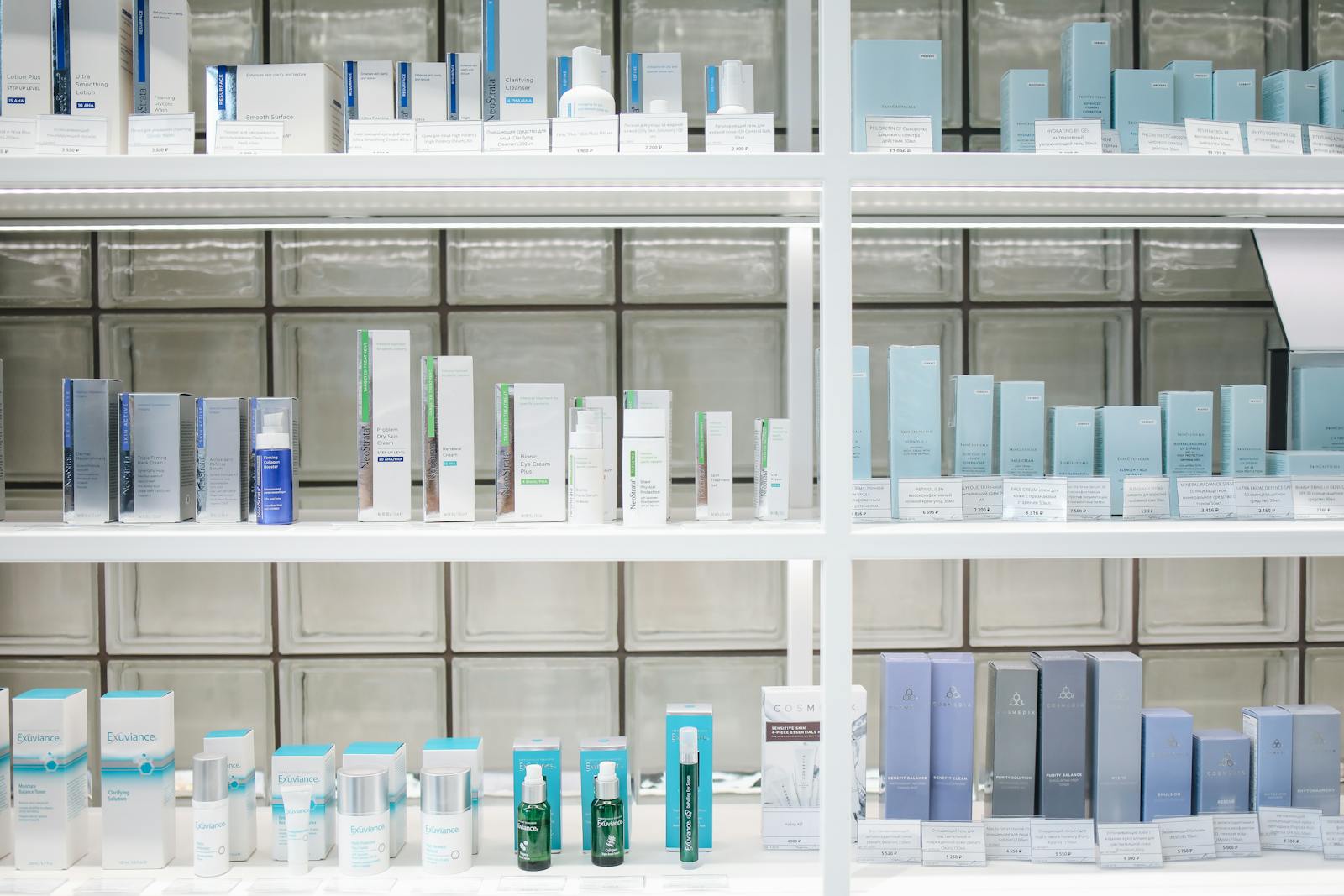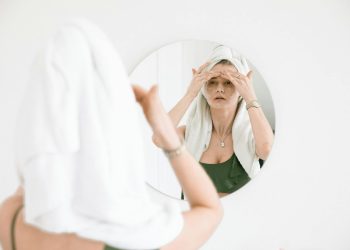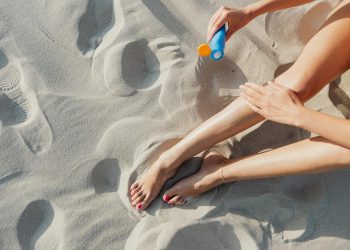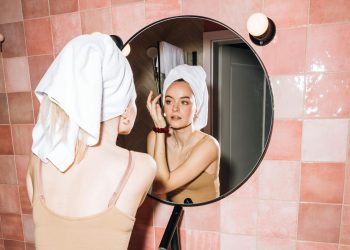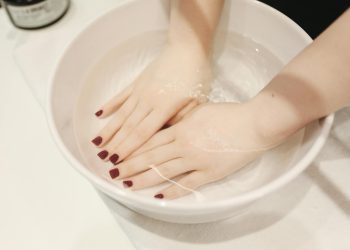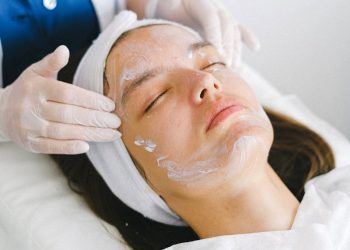Beauty is often said to be in the eye of the beholder, but the reality is far more complicated. Around the world, what is considered beautiful varies dramatically, influenced by deep cultural, historical, and societal forces. While some aspects of beauty, such as symmetry and clear skin, are universally appreciated, beauty standards differ widely depending on the region, race, and even socioeconomic status. From the glowing skin idealized in Western media to the more traditional, understated beauty of rural Asia, exploring global beauty standards reveals not only what societies value but also what they are willing to ignore, alter, or enforce.
One of the most striking elements when we compare global beauty standards is how they are deeply influenced by culture and geography. In Western countries like the United States and much of Europe, the standard of beauty tends to prioritize youth, thinness, and a clear, blemish-free complexion. Media, fashion, and advertising contribute to this ideal, where supermodels and celebrities often set trends. Women are typically expected to maintain a slim physique, and men, though often depicted with a broader range of body types, are usually associated with muscularity and athleticism. The image of beauty in the West is often presented with an airbrushed perfection, where flawless skin, sculpted features, and a slender body are seen as symbols of success, wealth, and social desirability.
However, the ideal of beauty is not static and varies significantly across cultures. In many African countries, for example, beauty is often associated with a fuller figure, with curvy women being highly revered. The value placed on fuller body types is deeply rooted in traditions that view these physical traits as symbols of fertility, wealth, and health. For centuries, the more ample body was not only considered attractive but also a sign of prosperity and social status. The appreciation for fuller figures can be seen in various African cultures, where women are often encouraged to gain weight to enhance their beauty and social standing.
In parts of East Asia, particularly in countries like Japan, South Korea, and China, beauty standards lean toward a very different ideal. Fair skin is often seen as the pinnacle of beauty, and this can be traced back to historical associations between pale skin and nobility. For centuries, darker skin was linked to the lower working classes who toiled outdoors, while the upper classes who could afford leisure had the privilege of fair skin. In contemporary times, this obsession with pale skin persists, with a booming beauty industry centered around skin-whitening products. In addition to pale skin, East Asian beauty standards often emphasize delicate features, such as large eyes, a small face, and a slender physique. These ideals are reinforced by pop culture, including K-pop music videos, where idols are often celebrated for their youthful appearance and porcelain-like skin.
In South Asia, beauty standards can also be complex and multi-layered. In countries like India, Pakistan, and Bangladesh, lighter skin is often preferred, reflecting the influence of colonialism, which historically equated fair skin with higher social status and privilege. This preference for lighter skin is deeply ingrained in advertising, cinema, and even arranged marriages. Fair skin is seen as a sign of beauty, sophistication, and success, while darker skin is sometimes associated with lower socioeconomic status or rural life. However, there is a growing movement in South Asia that challenges these long-standing beauty standards, with a new wave of representation in media that celebrates darker skin tones and embraces diversity.
Despite these differences, one common thread in the beauty standards of many cultures is the importance placed on appearance and the way it affects one’s sense of self-worth. The pressure to conform to an ideal can be overwhelming, leading to an industry that thrives on selling products and services that promise to help individuals achieve this ideal. The beauty industry, worth billions of dollars globally, capitalizes on these cultural norms, pushing the notion that beauty is something that can be purchased or perfected. From skincare products to cosmetics, clothing, and even surgical procedures, the market offers endless solutions for those who feel the need to attain societal standards of beauty.
In some regions, the quest for beauty has led to the rise of more extreme measures. In countries like South Korea, the cosmetic surgery industry is booming, with procedures ranging from eyelid surgery to rhinoplasty becoming common among both men and women. The obsession with achieving the “ideal” face, often seen in the media, has led to a phenomenon where young people undergo these procedures in pursuit of a certain image of beauty. Similarly, in countries like Brazil, cosmetic surgeries like breast augmentations and liposuction are not just common but culturally accepted practices. Beauty standards are so ingrained that many individuals feel compelled to undergo surgery to meet the expectations of their peers and society.
While beauty standards are undeniably powerful, they are also fluid. Over the last few decades, there has been a significant shift in the way beauty is perceived and represented globally. Social media, particularly platforms like Instagram, has given rise to a new era of beauty that celebrates individuality and diversity. Influencers from all over the world, regardless of size, shape, color, or age, are now leading the charge in redefining beauty on their own terms. The rise of body positivity movements, fueled by activists and individuals who challenge conventional beauty norms, has created space for people to embrace their natural selves, imperfections and all.
In Western fashion, the body positivity movement has grown stronger, with many fashion houses now including models of different sizes, ethnicities, and backgrounds. The concept of “real beauty” has gained momentum, challenging the traditional ideals of slim, youthful, and white beauty that once dominated mainstream media. Similarly, there’s a growing recognition of diverse body types in film and television, with actresses and actors of different shapes and colors taking center stage in a way that was once unimaginable.
Furthermore, the conversation around beauty is increasingly being connected to other forms of identity, such as gender and sexuality. Non-binary and gender-fluid individuals have become key voices in redefining beauty standards, pushing back against the rigid definitions of masculinity and femininity that have historically dictated who is considered beautiful. Gender non-conformity is no longer something that’s hidden or relegated to the margins, and this inclusive movement is slowly making its way into mainstream beauty and fashion industries.
As global beauty standards continue to evolve, we must also address the negative impact these standards have on mental health. The constant pressure to conform to an often unattainable ideal of beauty can lead to issues such as body dysmorphia, eating disorders, and low self-esteem. Social media, in particular, has been linked to rising levels of anxiety and depression, especially among young people who feel compelled to measure up to the curated, idealized images they see online. For many, the obsession with beauty has become a source of profound distress, leading to a growing conversation about the need for more authentic and inclusive representations in the media.


